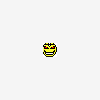
Automated Data Collection Systems
Started by
Stupidav,
13 posts in this topic
Create an account or sign in to comment
You need to be a member in order to leave a comment

Started by
Stupidav,
You need to be a member in order to leave a comment